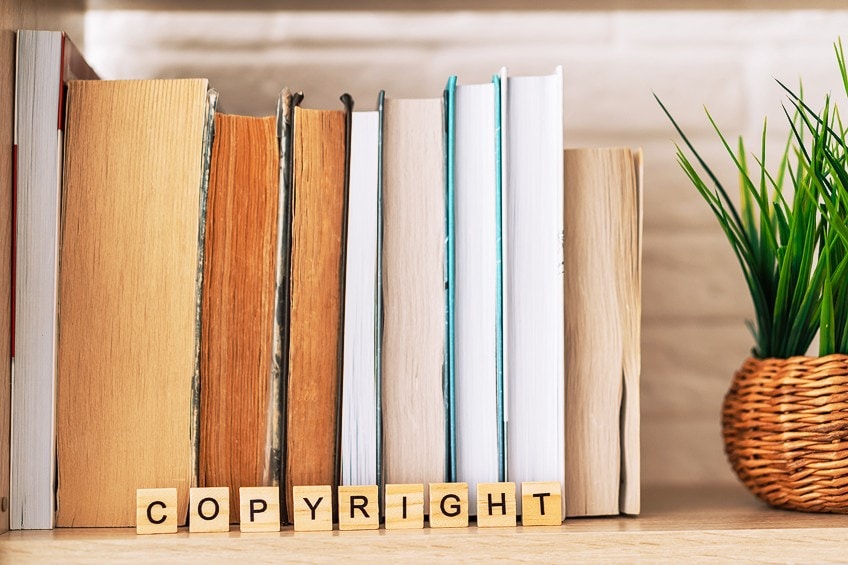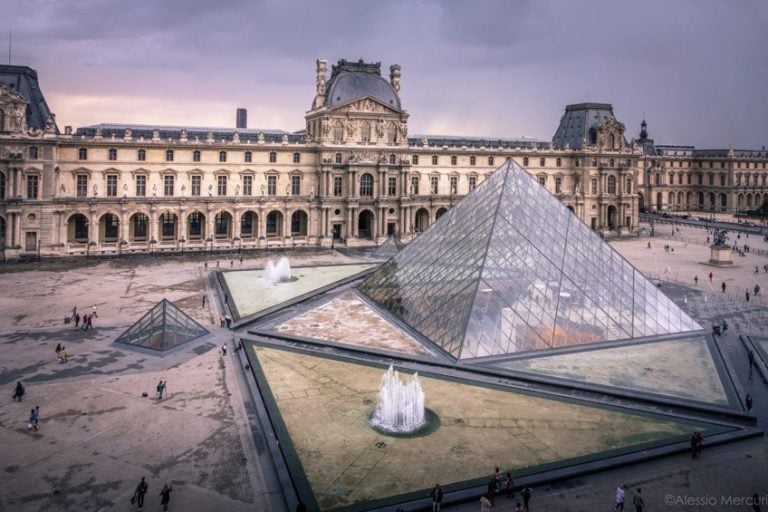How to Copyright Your Artwork – How to Copyright Paintings
Researching how to copyright your artwork is an important professional practice step when you want to do business by selling your art. In this article, we will look at everything involved in how to copyright your artwork, the documentation you have to prepare as well as other steps you need to take in this process. We will specifically look at how to copyright digital art, how to copyright drawings, and how to copyright paintings.
Table of Contents
How to Copyright Your Artwork
The internet has brought many opportunities for artists by creating multiple platforms where artists can list and sell their work. With one click you can find audiences for your work, meet collectors, link to art communities and so much more.
The exposure artists can get for their work through the internet has grown so much larger than through word of mouth and physical distribution of your work.
However, the reproduction of your images could lead to others using your art without paying for it. Hosting or sharing your images online might make it easy for anyone to copy your artworks and use them for their purposes without compensating you financially for them. Furthermore, the internet connects you to the farthest corners of the world, which makes it difficult for you to know when someone steals an idea you had and reproduces it in their style and medium.
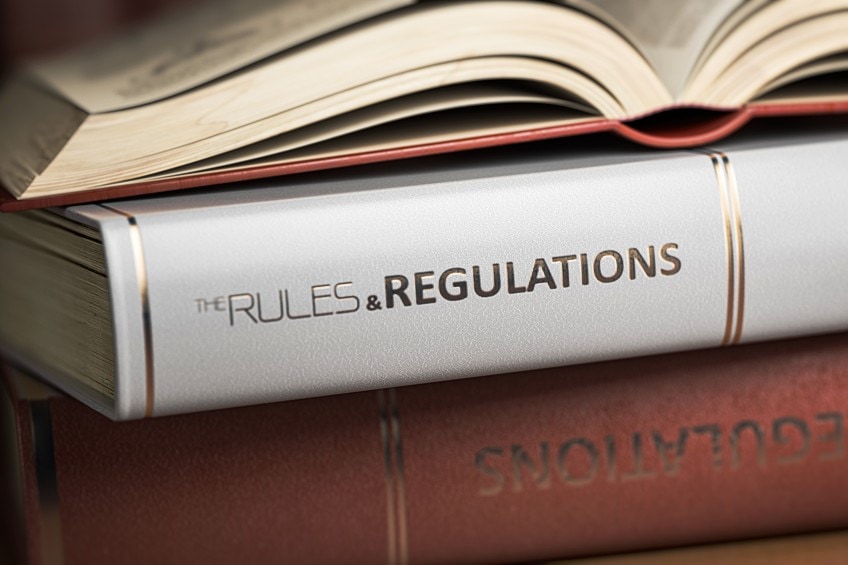
It is important to protect your art and ensure that you are compensated for the use of your artistic and intellectual property.
Besides signing your art, there are other ways to ensure that individuals that have access to it pay for its use and reproduction of it. Copyrighting your art is one way and, in this article, we will give you a clear guide on how to copyright your artwork.
What Is Copyright?
Intellectual property is a property right that covers the ideas and concepts behind a product. This right includes the ideas and concepts connected to tangible work. The term intellectual property, therefore, refers to something intangible that might be connected to a tangible product. Copyright, however, deals directly with the tangible product. It is the right to protect your original artwork from being reproduced digitally or physically. It also includes intellectual property right as it protects you from anyone using your art in, for example, advertising content, social media content, and so on.
Copyright is, therefore, a kind of intellectual property law, but it focuses on how things are expressed, instead of the ideas behind it.
Copyright protects unpublished and published works of art. This means, that even if a work of art has not been posted online, exhibited, or released on your website, it still qualifies for copyright. Copyright protects authors of original works of expression that fall under categories such as drama, literature, art, and music. For example, novels, songs, computer software, poetry, paintings, drawings, sculptures, and so on can all be protected.
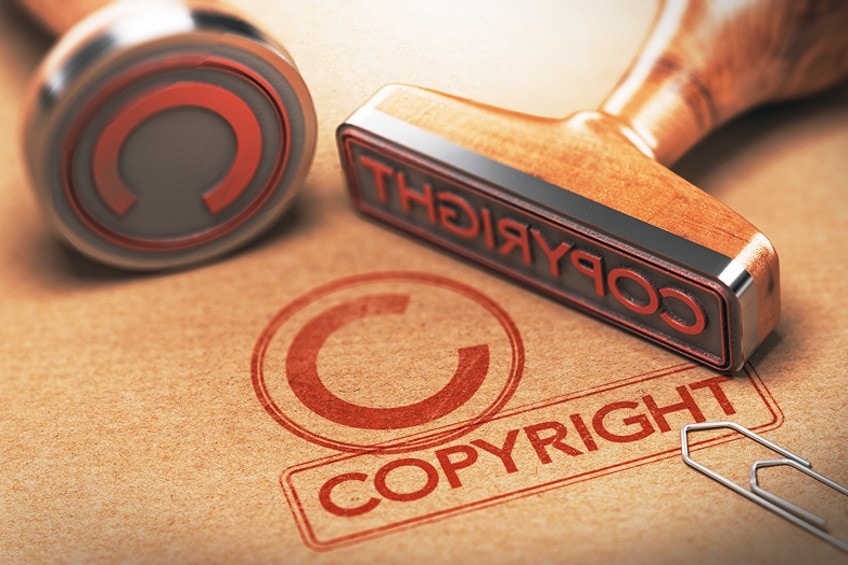
It is a professional step that affirms your value as an artist as well as communicated the integrity with which you create and sell your art products.
How Copyright Works
To protect your art from copyright infringement, you need to make sure that there is a record of your work so that you can prove it was created by you. You also need to sign your artwork, so there can be no dispute around authorship. US artists should consider registering their works of art with the US Copyright Office.
Most countries have systems available to register your works for copyright protection, and it is advised for all artists to research their country-specific options.
The rules around registering artwork for copyright are generally similar in all countries, but you should read the law carefully to understand how to copyright your artwork in your home country and what the law protects you against. That being said, as soon as an art piece is created by you and is fixed in tangible media that can be perceived directly or with the help of a mechanical device, you have a copyright on that artwork.

Registering your artwork is, therefore, a proactive decision to ensure that everything is in order in the event you need to get the law involved in protecting yourself.
Furthermore, the registration of your work within three months of publication or before someone has violated your copyright, qualifies you to claim statutory damages (you could claim between $750 and $150 000 in the US), as well as legal fees in a lawsuit about copyright infringement. Statutory damages mean that you can claim money without proving your loss, the monetary value of the artwork, or the infringer’s yield from using your artwork.
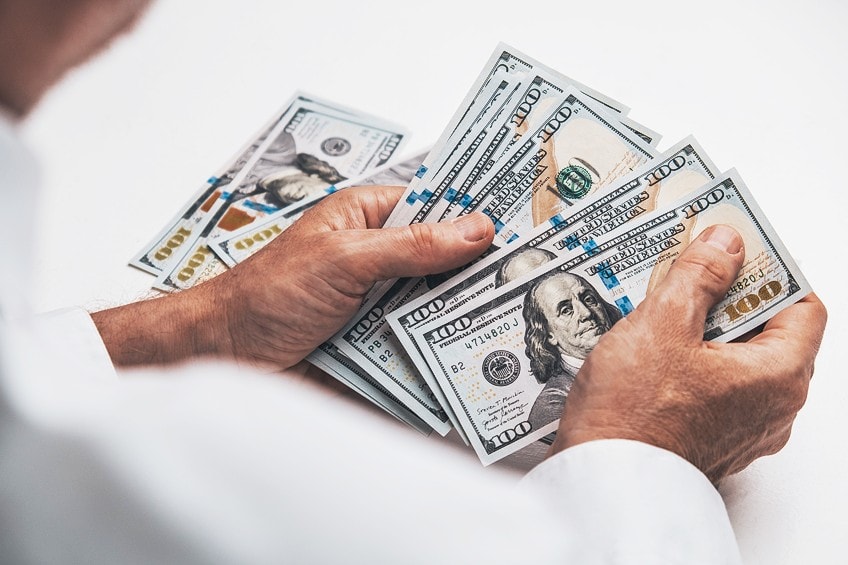
After registering your artwork for copyright, you can also register with the U.S. Customs Service and receive security against the importing of violating copies.
What to Consider When Registering Your Art for Copyright
To qualify for copyright protection, your art must have firstly originated with you. This means that the idea, application of medium, and creative problem-solving must be linked to you and be original. It must be a tangible object or product. It has to consist of an art medium like paint on canvas, pen on paper, or digital art.
You cannot copyright an idea that has not been created yet.

For example, if you design a chair with a sculpture as the legs, the sculpture can be copyrighted but the utilitarian elements of the chair cannot.
Only if the artist transfers the copyright to a buyer, does the buyer of an art piece also own the copyright. In every other instance, the copyright remains with the artist if the art piece has been registered correctly.
Documentation You Will Need to Register for Copyright
In America, you are required to submit an application form, a proof of payment of the filing fee paid, and a copy or copies of your work. You can fill out the application form physically or online. The online form has a lower filing fee and is often processed much quicker.
The US Copyright Office encourages artists to make use of the online system instead of submitting their applications in person. The copies of your work submitted will not be returned to you.
In the cast of sculptural or other three-dimensional art, you might have to submit photographs of the work. The copyright office lists all the specifications around this documentation on their website, as well as an extensive question and answer section, which makes the research artists need to do so much easier.
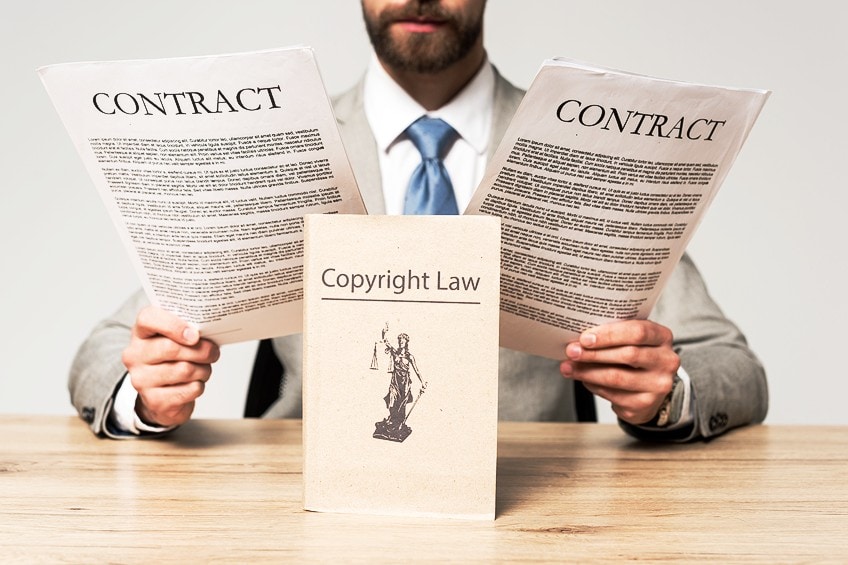
Besides the documentation you need to prepare for the copyright process, you can also consider keeping a digital record of all your artwork.
This log is important for cataloging purposes but will also make it easier for you to keep track of all the art you have created in your life as an artist. We suggest creating a chronological spreadsheet that logs a picture, the name, medium, size, and current owner of the artwork. Here you can also note which art pieces you have registered for copyright and which buyers opted to buy the copyright of the artwork as well.
How to Copyright Different Art Mediums
When you research how to copyright your artworks you need to make sure that you understand the specifications for different mediums. In this section, we will look at how to copyright paintings (physical art pieces) and how to copyright digital art (online art pieces).
How to Copyright Paintings
Understanding how to copyright paintings is fairly simple when navigating the US Copyright Office website. The online system is easy to navigate and clear on instructions. When preparing to copyright paintings, remember to sign your painting and always document the process and final product.
The administrative class for paintings is “Visual Arts Works”. The copy or “identifying material” for the painting you want to submit will normally be a photograph of your painting.

You are registering the painting that is shown in the photograph and not the photograph itself.
How to Copyright Digital Art
How to copyright digital art can be a bit trickier to understand. However, digital art is also automatically copyrighted as soon as it is created. However, you will still need to prove that the digital art is yours if someone used it without your permission. This is a bit more difficult to prove if you have not registered the work for copyright, as the work exists only digitally and no other physical object can be shown as proof of having created it yourself.
You will have to follow the same process as explained above regarding the copyright of paintings, except that you will generate a digital copy of the artwork to submit as identifying material.

This will ensure that the watermark cannot easily be cropped out of the image when someone wants to use it illegally.
You can even add your website and email to the watermark to ensure it is linked to you. If you want to market your art on social media, consider posting automatic slideshows instead of stills. This will make it harder for people to copy the artwork. You should also upload lower-resolution images when sharing your art on any internet platform.
Take Action
It is not a good idea to ignore any use of your work without your permission. You need to monitor the illegal use of your art and report it immediately. You can start by directly sending a cease-and-desist letter or copyright notice to the infringer. This normally scares scammers. However, if it does not work, you can take further legal action by suing them. You will have more power and agency to take these steps if your artwork is registered for copyright.
Hopefully, you will create a lot of art in your lifetime. This makes it essential to focus on the art pieces that matter. You might have to be selective with the art pieces you register for copyright.
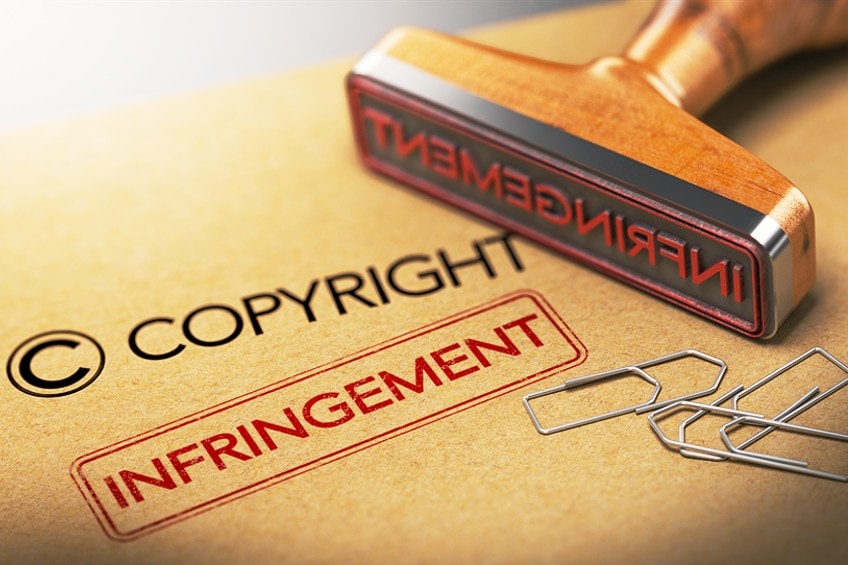
Copyrighting your art is a fairly simple process and the US has a wonderful online system that makes it easy for US artists to do so. If you legally copyright artwork, you are not only communicating your professionalism and value as an artist but also protecting yourself against possible infringements. Registering your artwork for copyright requires research and proper documentation of your artwork, as well as for each artist to think about the inherent, artistic, and intellectual property of their art pieces.
Frequently Asked Questions
Am I Only Protected Against Copyright Infringement if I Register My Art?
Copyright is effective from the moment you create an art piece in a tangible form that can be perceived directly or with the help of a mechanical device. You, as the artist, always own the rights to reproduce, use in any way, exhibit, sell and distribute your art. However, there are many benefits to registering your art with the US Copyright Office. One example is that you can claim money from a violator without having to prove the value of the artwork or the profits the culprit made from the use of your work. Copyright starts from the moment an artist creates a tangible product and lasts the whole life of the artist. Artists are also still protected by copyright law for 70 years after they have passed away.
How to Copyright Drawings?
The process of how to copyright drawings follows a similar structure to that of copyrighting paintings. You will have to select 2D Artwork in the author-created box. Do not use the photograph box, as you are submitting a photograph of a drawing and not a photography piece of art. Make sure you take high-quality pictures, sign your drawings, and document your process.
In What Way Is Copyright Different From a Trademark or Patent?
Patents protect discoveries or inventions, whereas copyright protects authors that created original works of expression. In other words, copyright law does not protect discoveries, ideas, and inventions, but the way they are expressed might be. Words, symbols, designs, or phrases are protected by trademark law. Any of these elements that identify the source of the services or products as one company, person, or business and set it apart from other companies, persons, or businesses, can be trademarked.
Nicolene Burger is a South African multi-media artist, working primarily in oil paint and performance art. She received her BA (Visual Arts) from Stellenbosch University in 2017. In 2018, Burger showed in Masan, South Korea as part of the Rhizome Artist Residency. She was selected to take part in the 2019 ICA Live Art Workshop, receiving training from art experts all around the world. In 2019 Burger opened her first solo exhibition of paintings titled, Painted Mantras, at GUS Gallery and facilitated a group collaboration project titled, Take Flight, selected to be part of Infecting the City Live Art Festival. At the moment, Nicolene is completing a practice-based master’s degree in Theatre and Performance at the University of Cape Town.
In 2020, Nicolene created a series of ZOOM performances with Lumkile Mzayiya called, Evoked?. These performances led her to create exclusive performances from her home in 2021 to accommodate the mid-pandemic audience. She also started focusing more on the sustainability of creative practices in the last 3 years and now offers creative coaching sessions to artists of all kinds. By sharing what she has learned from a 10-year practice, Burger hopes to relay more directly the sense of vulnerability with which she makes art and the core belief to her practice: Art is an immensely important and powerful bridge of communication that can offer understanding, healing and connection.
Nicolene writes our blog posts on art history with an emphasis on renowned artists and contemporary art. She also writes in the field of art industry. Her extensive artistic background and her studies in Fine and Studio Arts contribute to her expertise in the field.
Learn more about Nicolene Burger and the Art in Context Team.
Cite this Article
Nicolene, Burger, “How to Copyright Your Artwork – How to Copyright Paintings.” Art in Context. September 30, 2022. URL: https://artincontext.org/how-to-copyright-your-artwork/
Burger, N. (2022, 30 September). How to Copyright Your Artwork – How to Copyright Paintings. Art in Context. https://artincontext.org/how-to-copyright-your-artwork/
Burger, Nicolene. “How to Copyright Your Artwork – How to Copyright Paintings.” Art in Context, September 30, 2022. https://artincontext.org/how-to-copyright-your-artwork/.


